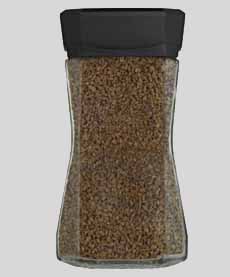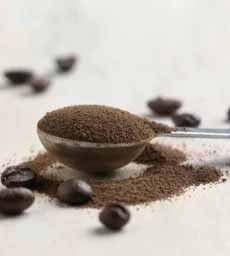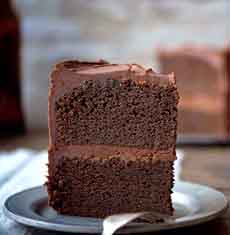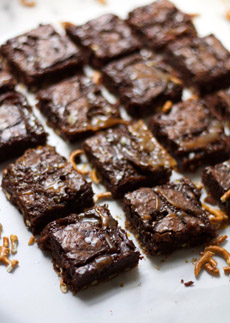TIP OF THE DAY: More Uses For Instant Coffee & A Mocha Chip Cookies Recipe
|
There’s a National Chocolate Chip Cookie Day (August 4th), but nothing official to celebrate mocha chip cookies—which arguably go better with a cup of coffee. Make some for your favorite coffee-and-cookie-loving dad, or as an any-occasion treat. This recipe comes from Nescafé Taster’s Choice, which uses its House Blend 100% Pure Instant Coffee Granules. If you don’t have instant coffee or granules on hand (the difference is below), buy a jar and see all the other ways you can use it also below. Prep time is 15 minutes, cook time is 10-12 minutes. We had a stash of both semisweet and white morsels, so used a half cup of each in the recipe. We like the extra “twinkle” provided by the white chocolate. With some of the cookies, make mini ice cream sandwiches, and serve with iced coffee. A yum! for dessert or snacking. Ingredients For 4 Dozen Cookies 1. PREHEAT the oven to 350° F. Lightly grease two baking sheets. 2. COMBINE flour, cocoa, baking soda and salt in small bowl. Beat butter, brown sugar and granulated sugar in large mixer bowl until light and creamy. Beat in egg and vanilla extract. 3 COMBINE the coffee granules and water in small bowl; stir until coffee is dissolved. Add to the sugar mixture and mix well. Gradually mix in the flour mixture. 4. STIR in the morsels. Drop by the rounded teaspoon onto the prepared baking sheets. 5. BAKE for 10 to 12 minutes, or until the edges are crisp. Remove to wire racks to cool completely. Try not to eat them all at once. Photo and recipe © Nescafe. Instant coffee is made from ground coffee beans that are further processed, using an extraction technique to create instant coffee. The extraction creates a concentrated coffee liquid, which contains the chemical compounds that give coffee its aroma, flavor, and mouthfeel (source). The concentrate is then dried, leaving behind soluble granules—the instant coffee—that dissolves instantly in hot water. |
|
|
|
Instant coffee, also called soluble coffee, coffee powder, and, in the case of granules, coffee crystals, are interchangeable terms. Granules appeared in the 1970s, when manufacturing enabled their production for marketing purposes: the granules looked more like ground coffee. For travelers, armies and other people who had no convenient access to brewed coffee, the desire for a coffee concentrate that could simply be added to hot water goes back hundreds of years—since coffee first arrived in Europe, in the 16th century. The earliest documented version of instant coffee was developed in Britain in 1771, the first American product 1853. They were not particularly satisfying: the American version, served to troops in the Civil War, was rejected a “axel grease” (source). A satisfactory instant or soluble coffee was patented in France in 1881, and another in Australia in 1890, which patented the “Dry Hot-Air” process. Other inventions followed. In the 1930s, the Brazilian coffee industry encouraged more instant coffee research on as a way of preserving excess coffee crops. The Nestlé company took up the challenge, developed a more advanced coffee refining process, and began manufacturing Nescafé, long the industry leader, in 1938. High-vacuum freeze-dried coffee was developed shortly after World War II, as an indirect result of wartime research into other areas. The height of instant coffee popularity was in the 1970s, as time became more of a premium. (Plus, may we add, that all the sugar and cream added to the cup achieved a satisfactory taste compared with brewed coffee. About a third of the roasted coffee imported into the U.S. in the 1970s was converted into instant coffee. Today, it’s about 15%. We always have a small jar on hand—but that’s because a small spoonful makes any chocolate baked good taste better.
|
||







